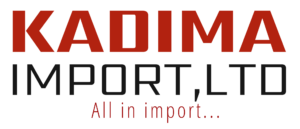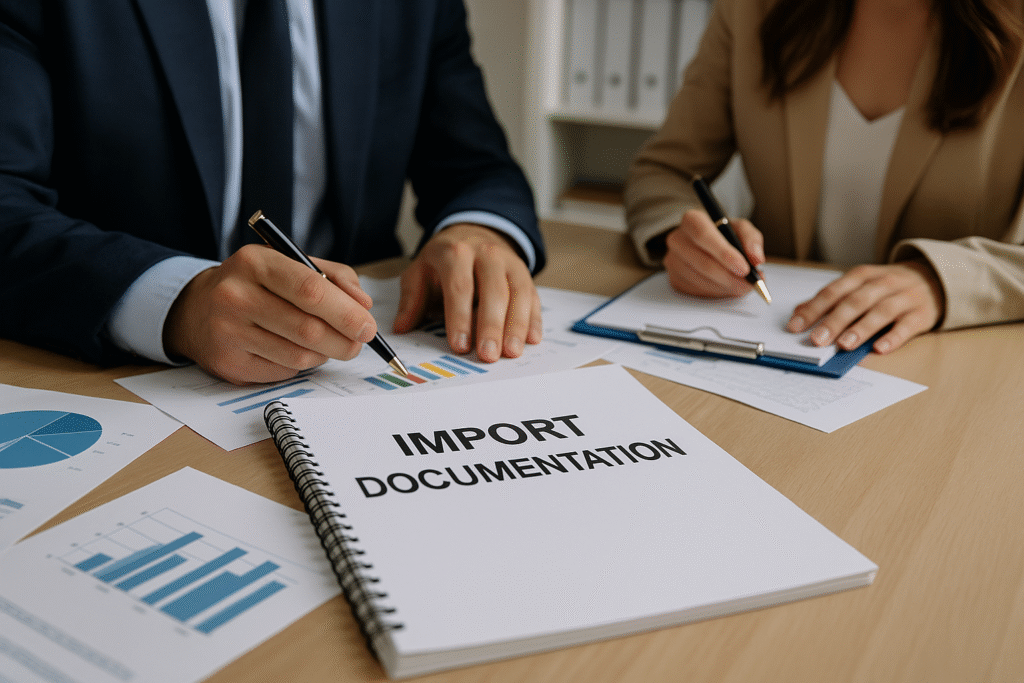Import documentation: why it matters
Accurate import documentation is the difference between smooth customs clearance and costly delays. Border officials verify that every shipment includes the required paperwork and that details are consistent across documents. Treat documentation as part of your compliance strategy, not an afterthought; it protects margins, delivery dates, and relationships with buyers and carriers.
Common import documentation pitfalls
The most frequent issues stem from omissions or mismatches. Missing invoice, packing list, or transport documents (ocean or inland bill of lading, through B/L, or air waybill) halt clearance. Forgetting proof of insurance or a certificate of origin when applicable can trigger queries and storage fees. Some markets also require a certificate of pre-shipment inspection, port expenditures records, or a transportation invoice. Errors appear when fields differ between invoice and packing list, when consignee data is incomplete, or when required certificates are simply not attached. All of these lead to holds, rework, and extra costs.
A practical pre-filing checklist
Before cargo departs, assemble a complete pack: invoice, relevant bill of lading/air waybill, packing list, proof of insurance, certificate of origin (if applicable), pre-shipment inspection certificate (if required), transportation invoice, and any other certificates mandated by the destination. Verify that product descriptions, quantities, weights, and values align across documents. Confirm consignee/importer details and contact info. Keep digital copies and a version history to track revisions.
Process control to avoid errors
Build a two-step review: operations prepares, compliance validates. Use templates with mandatory fields to prevent blanks. Centralize documents in a system that timestamps uploads and flags inconsistencies. Coordinate with suppliers on timing—ask for drafts early, then lock the final set before booking. Train staff on document names and purposes to reduce mix-ups (e.g., invoice vs. packing list vs. transportation invoice). Finally, keep a market-specific addendum for destinations that require extra certificates, so nothing is missed when routing changes.

